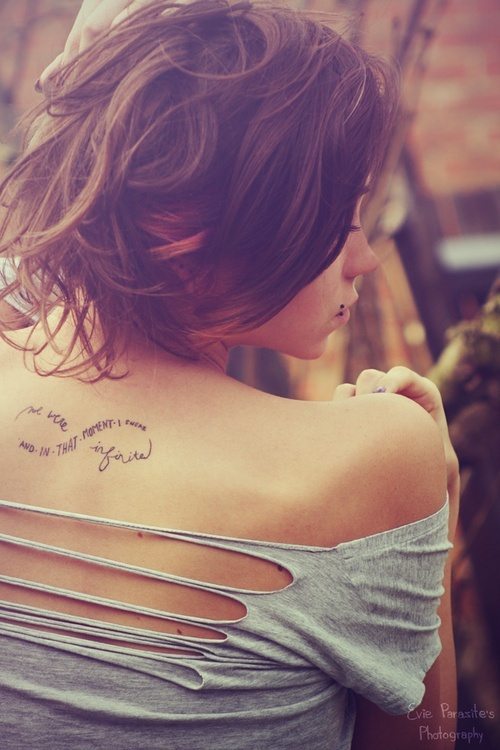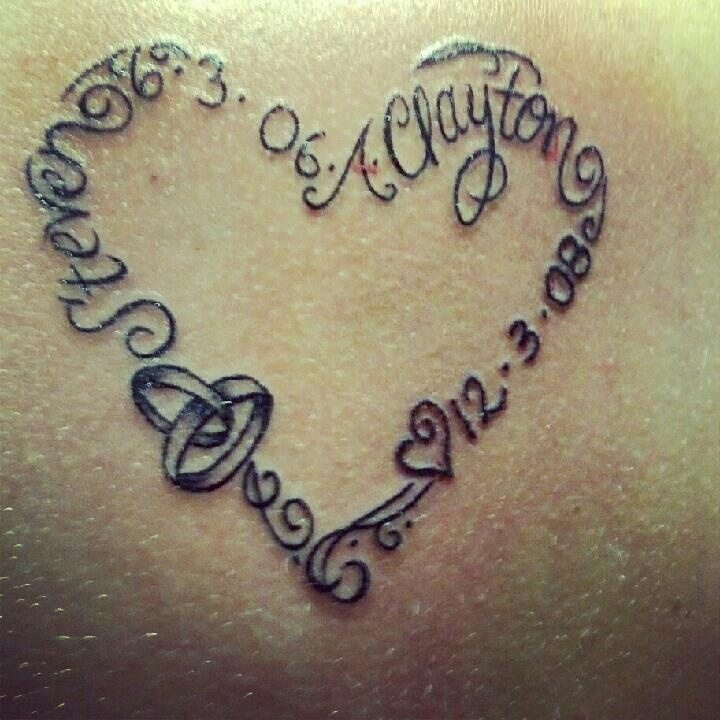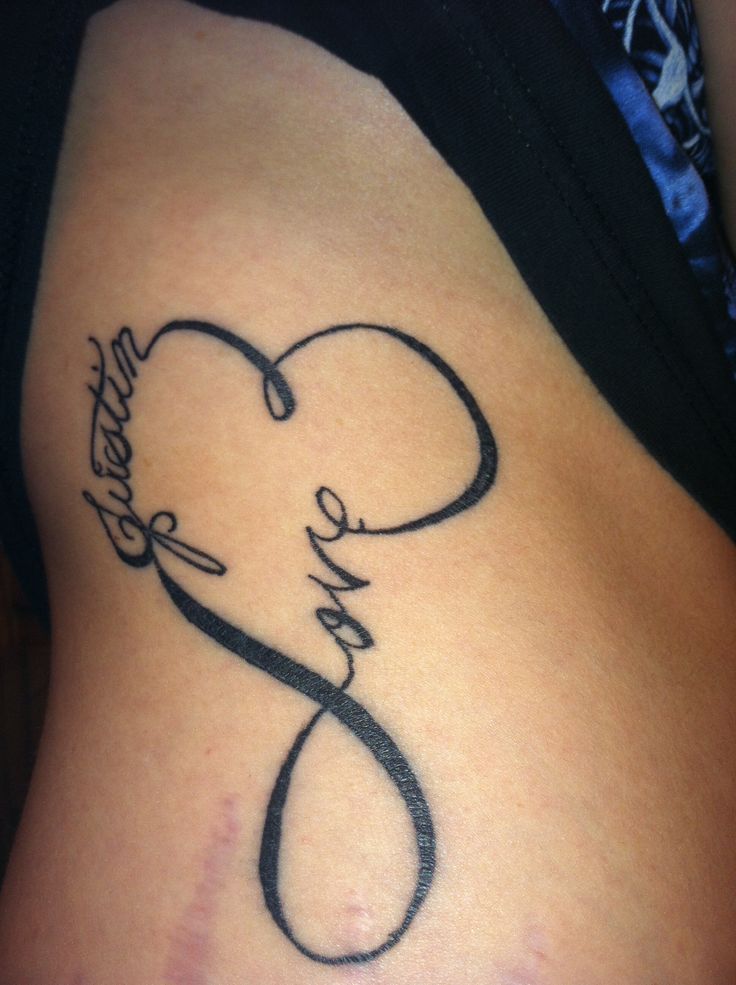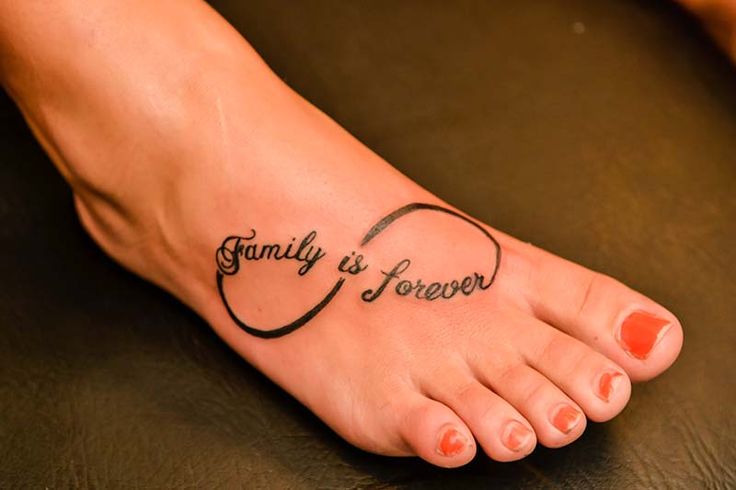
Read this before you permanently tattoo your beloved’s name on your body.
Tattoo artists, current on the history of their skill, will tell you that it was sometime in the late 1960s when the practice here in the United States made the leap from beefy-biceped sailors and hairy-chested marines to the general public. And now everyone, from the sullen teenaged supermarket checker (with blood-sucking dragon emblazoned on his forearm) to your friendly, van-driving, neighborhood, soccer mom (with demure rose etched daintily on her ankle) seems to be sporting one. Indeed, what was once considered pure kitsch and bad-boy daring-do has become so mainstream that even the wedding crowd is going under the needle.

But if history serves as any model, this latter should not be so surprising. An ancient art form harking back at least to the Golden Age of Egypt and probably further, tattooing has figured largely in the ceremonies and traditions of countless cultures. In Borneo, women bore markings to indicate their marriageable skill; in western Asia, the Ainu peoples used body art to indicate social status and then introduced the practice to the Japanese who used it in their religious and ceremonial rites. And even today, Hindu brides, in a prenuptial ceremony called the Mehndi, will have their hands and feet painted with intricate, tattoo-like designs that last one to three weeks.
Clearly, it was only a matter of time before American brides and grooms took a good look around them, globally and historically speaking, and started getting tattooed to commemorate the big day. “It’s something that symbolizes your togetherness,” says Stacey Sharp tattoo artist of Alternative Ink in Ronkonkoma. From the soon-to-be married couple who chose winged wolves (the virile male for him, the smaller female with cubs for her) to the anniversary couple who opted for champagne glasses and roses, Sharp has seen her share of loving couples willing to suffer for their love.

Or just plain suffer. These tend to be the couples that insist upon having the name of their loved one engraved forever on their skin. “It’s like a jinx,” says Sharp. “It’ll only be a matter of time before they’re back asking to have it covered up.” John Onysko tattoo artist at Cort’s Royal Ink in Patchogue agrees. “I’ve done so many name cover-ups, I can’t count them all.” According to Onysko, about seven out of every ten couples who make such errors in optimism will return to eat crow, or at least have one tattooed atop the name that now spells sour grapes. Such errors, usually but not always, seem to be a product of youth. Older couples, in Onysko’s experience, return far less for the cover-up.
Cover-ups become a moot point, however, if the couple chooses its tattoo with more care. Onysko, for instance, suggests the wedding date (less obvious than names) or even portraits of each other. These latter he calls “definitely cool” since they look exactly like a photograph and require true talent on the part of the tattoo artist. Still, one has to wonder how a portrait of the partner-to-be would be any wiser a choice than the name.

For Sharp, the answer is simple: Keep the I-Do Tattoo to symbols, whether it be his-and-her wolves, champagne glasses, or Celtic Runes. And avoid, like the plague, portraits and names. “After all,” says Sharp, “You know who you’re with.” Furthermore, both Sharp and Onysko suggest that the couple do a little research before heading to a studio. Anything they can offer the artist beyond a blank stare and a shrug could go a long way toward gaining them a romantic tattoo they can live with. “The customer we hate to see is the one who wants you to pick out the tattoo,” says Onysko.
Sharp, who has ten years of experience as a tattoo artist, seems to view client uncertainty with more tolerance: “Some people are very specific about what they want, while you have to lead others in a certain direction, and sometimes it’s because they are open and see tattooing as a form of personal expression.” Clients like this may be happier avoiding studios that traffic in stock pictures. Says Sharp, “You can walk into some tattoo studios where there will be nothing on the walls but fine art.” It is here, she explains, that true art is practiced, “just on a different type of canvas.”
Whichever type studio the couple opts for, however, one thing is certain: It best be clean, a fact which may not always be so obvious. Sharp suggests that a prospective client watch the artist at work to see how she works with the latex gloves (no cross-contamination) and how she handles the needles (they should be removed from sterilized packaging in front of the customer and disposed of properly). Clients should also ask to see the autoclave (the sterilization machine as well as recent records proving that it is in working order). And, finally, clients should be certain they are going under a licensed tattoo artist’s needle. Says Sharp, “You need to remember that you are definitely making a commitment.” When it comes to the I-Do Tattoo, no truer words have been spoken.


